Discover the Majestic Castle Point Lighthouse: A Complete Guide
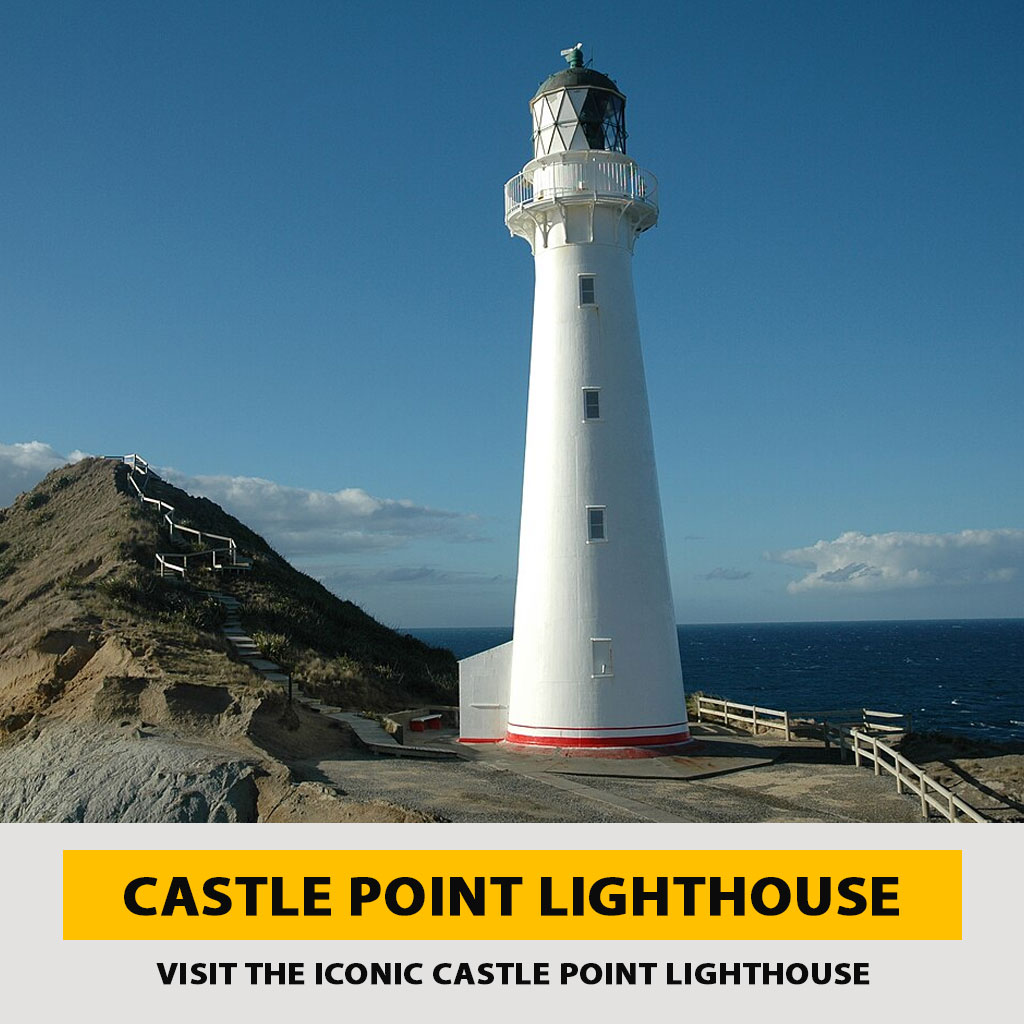
Nestled on the southeastern coast of New Zealand’s North Island, the Castle Point Lighthouse stands as a beacon of history and beauty.
Its towering presence and the breathtaking views it offers make it a must-visit destination for travelers and history enthusiasts alike.
In this comprehensive guide, we will delve into the fascinating history of the lighthouse, provide practical visiting tips, and share some engaging anecdotes to make your experience unforgettable.
The History of Castle Point Lighthouse
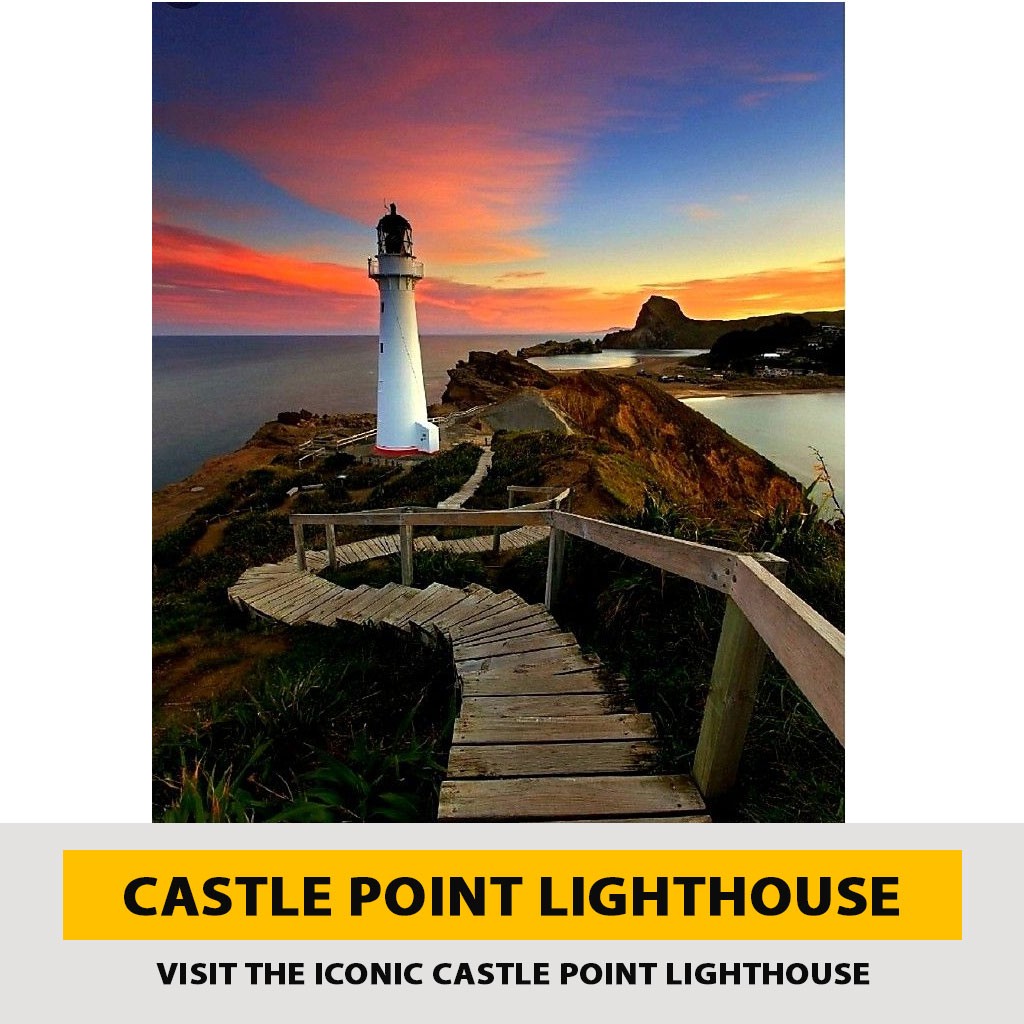
The Castle Point Lighthouse has a storied past that dates back to the early 20th century. Constructed in 1913, it was designed to guide ships safely along the rugged coastline, which was notorious for shipwrecks.
The lighthouse was built using prefabricated steel sheets, a testament to the ingenuity of its designers, who had to transport materials to this remote location.
The name “Castle Point” was inspired by the castle-like rock formations surrounding the area, adding to the mystique of the location.
The lighthouse, with its white cylindrical tower, stands 23 meters tall and has been an essential part of maritime navigation for over a century.
Visiting Castle Point Lighthouse: A Step-by-Step Guide
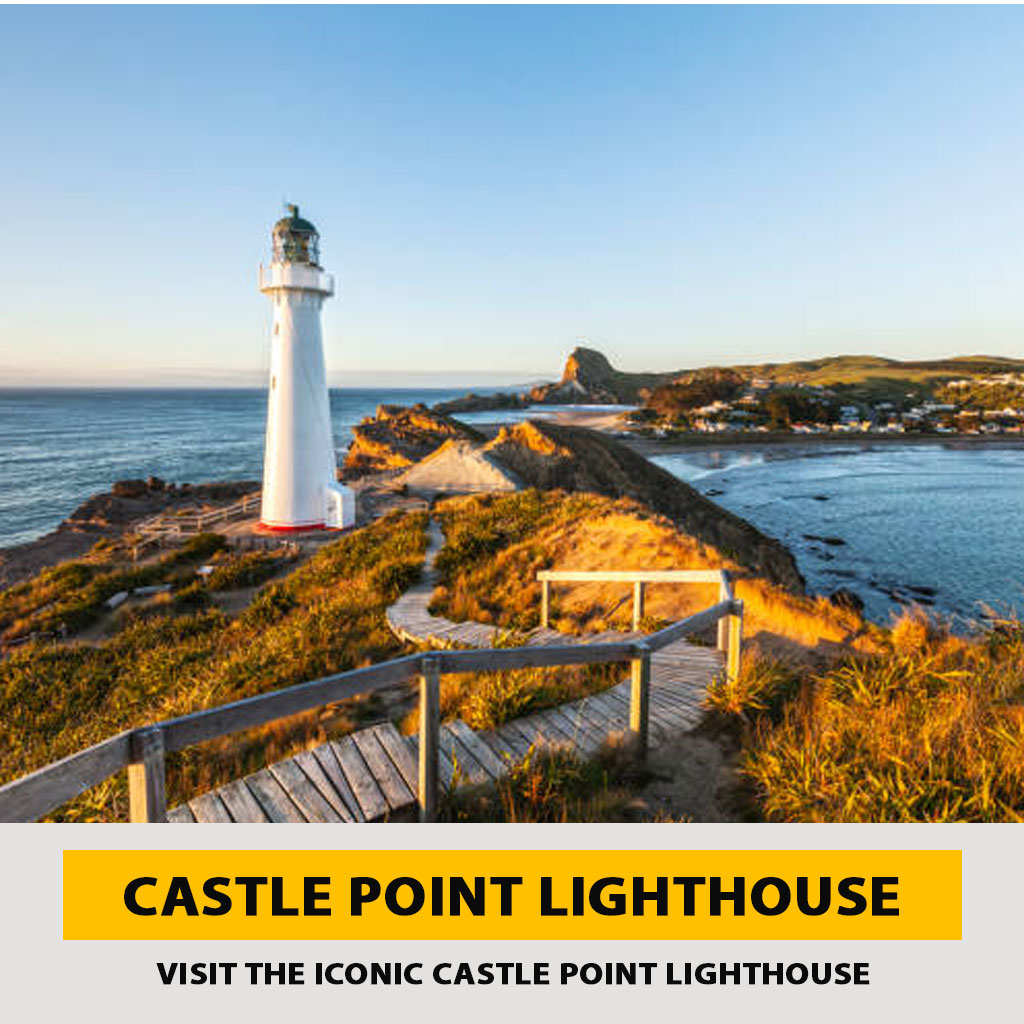
Visiting the Castle Point Lighthouse is an adventure that promises stunning scenery and a glimpse into maritime history. Here’s a step-by-step guide to ensure you make the most of your visit:
Step 1: Planning Your Trip
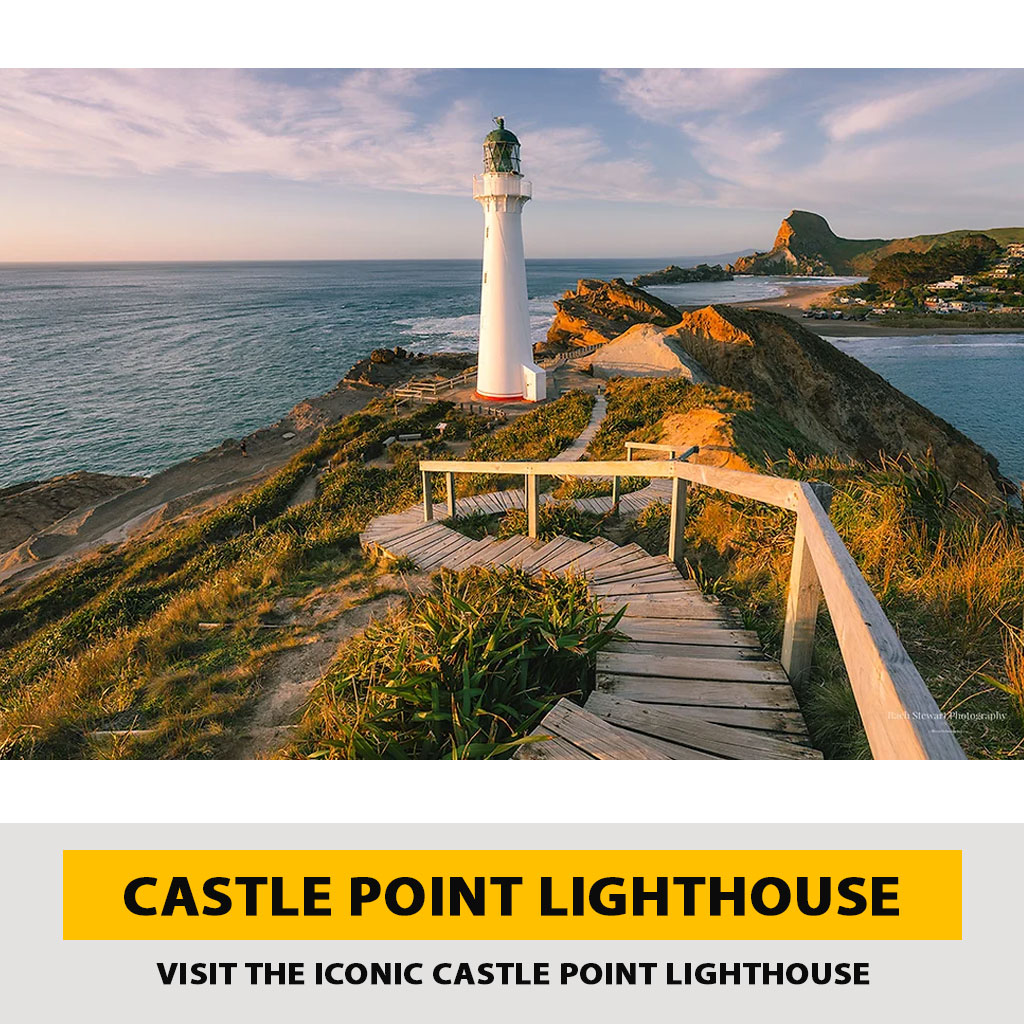
Before you set out, it’s important to plan your trip. The best time to visit is during the summer months (December to February) when the weather is mild and the days are longer. Make sure to check the weather forecast as the area can be windy, and a clear day will provide the best views.
Step 2: Getting There
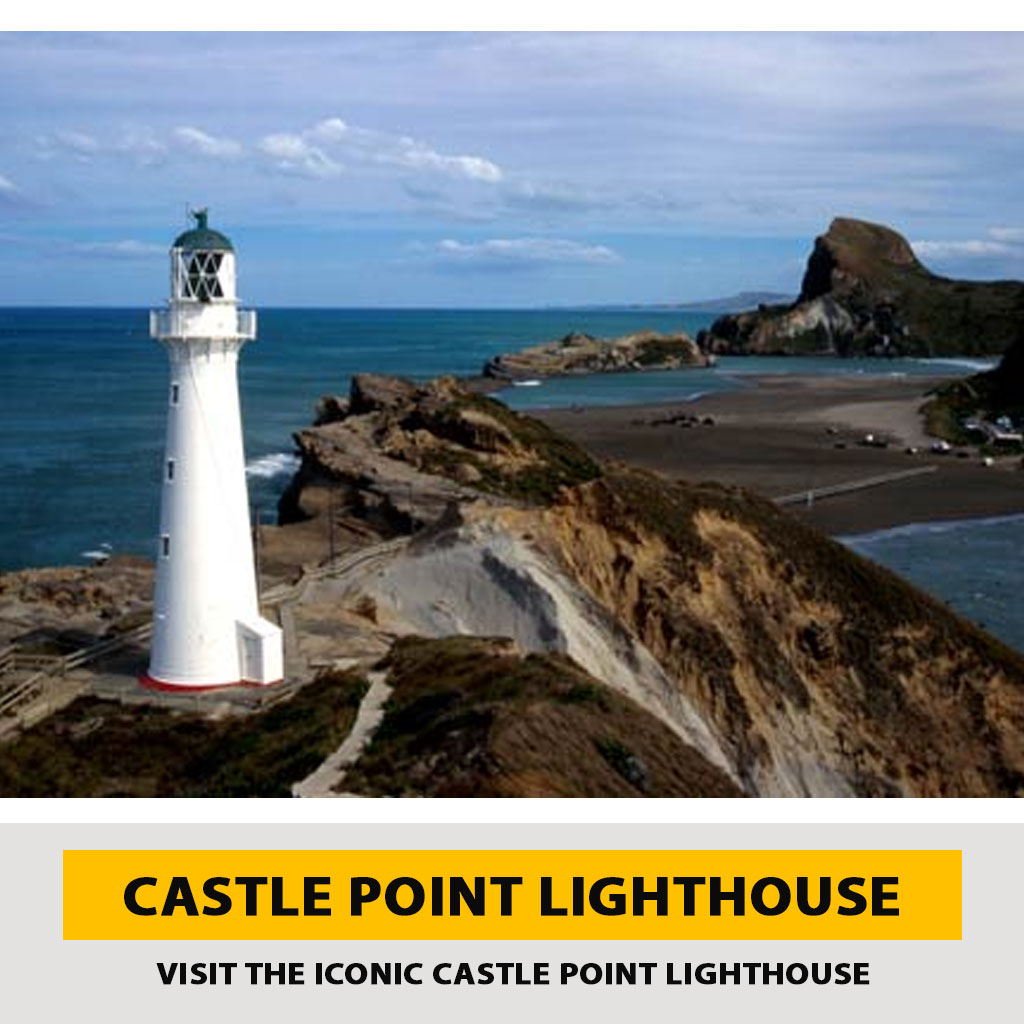
The Castle Point Lighthouse is located about 64 kilometers east of Masterton. The drive from Masterton takes approximately one hour and offers picturesque views of the Wairarapa region. The roads are well-maintained, but it’s advisable to fill up your gas tank as services can be sparse along the route.
Step 3: Parking and Accessibility
Upon arrival, you’ll find a designated parking area near the lighthouse. From there, it’s a short walk to the lighthouse itself. The path is relatively easy but can be steep in some areas, so wear comfortable walking shoes. The lighthouse is not wheelchair accessible, so keep this in mind if you have mobility issues.
Step 4: Exploring the Lighthouse
As you approach the Castle Point Lighthouse, take a moment to absorb the stunning coastal views. The lighthouse is perched on a cliff, providing panoramic vistas of the Pacific Ocean. If you’re lucky, you might spot seals basking on the rocks below.
While the lighthouse itself is not open to the public, you can walk around its base and take in the impressive structure. There are several information boards that provide insights into the lighthouse’s history and its significance to maritime navigation.
Engaging Anecdotes from Castle Point
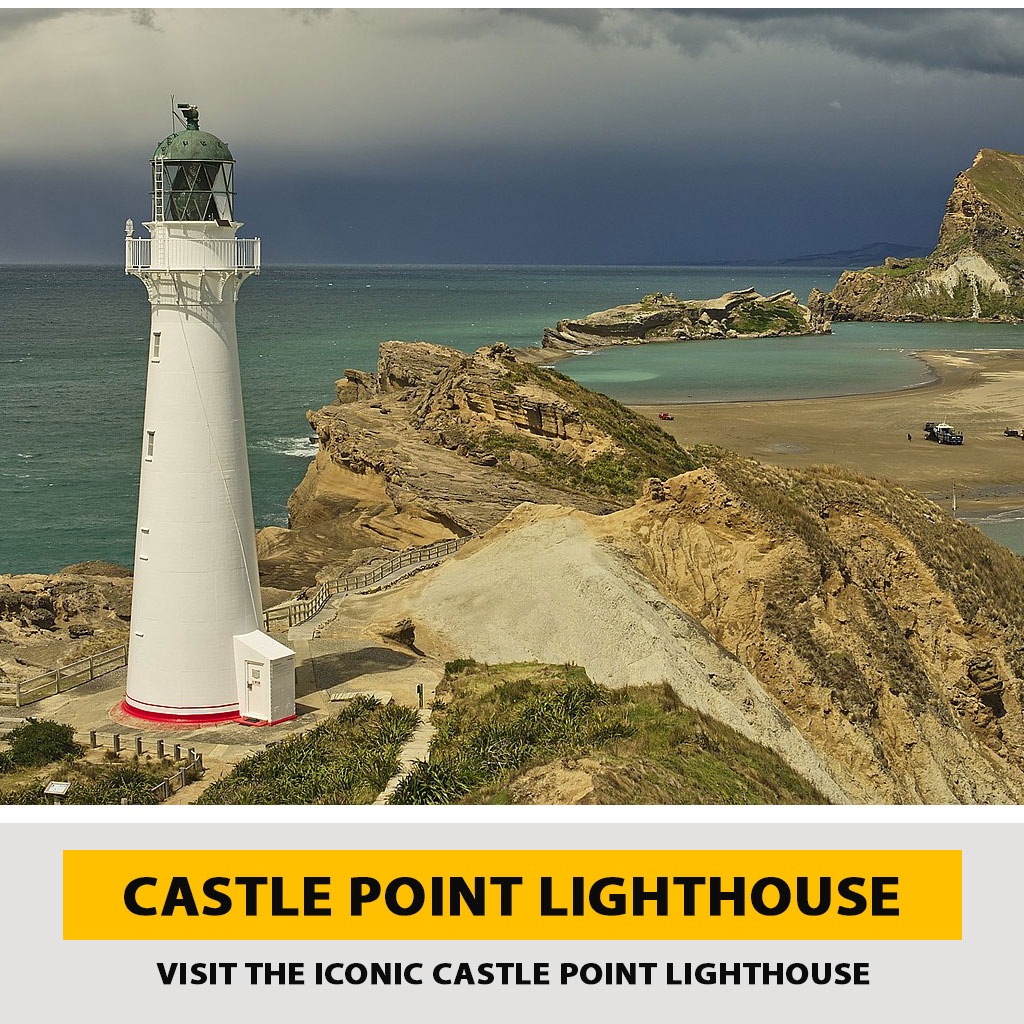
To truly appreciate the Castle Point Lighthouse, it’s worth hearing some of the stories that have become part of its lore. One such tale involves a shipwreck in the early 1900s. A vessel named the “Holmwood” ran aground near Castle Point during a fierce storm.
The lighthouse keeper at the time, with great bravery, managed to rescue the crew despite the treacherous conditions. This act of heroism is a testament to the vital role the lighthouse has played in ensuring the safety of seafarers.
Another fascinating anecdote is about the lighthouse keepers themselves. Life at Castle Point was isolated and demanding.
Keepers often had to contend with harsh weather, limited supplies, and the constant maintenance of the lighthouse.
Despite these challenges, many keepers developed a deep bond with the lighthouse and the surrounding landscape, contributing to the rich tapestry of stories associated with this iconic structure.
Why Visit Castle Point Lighthouse?
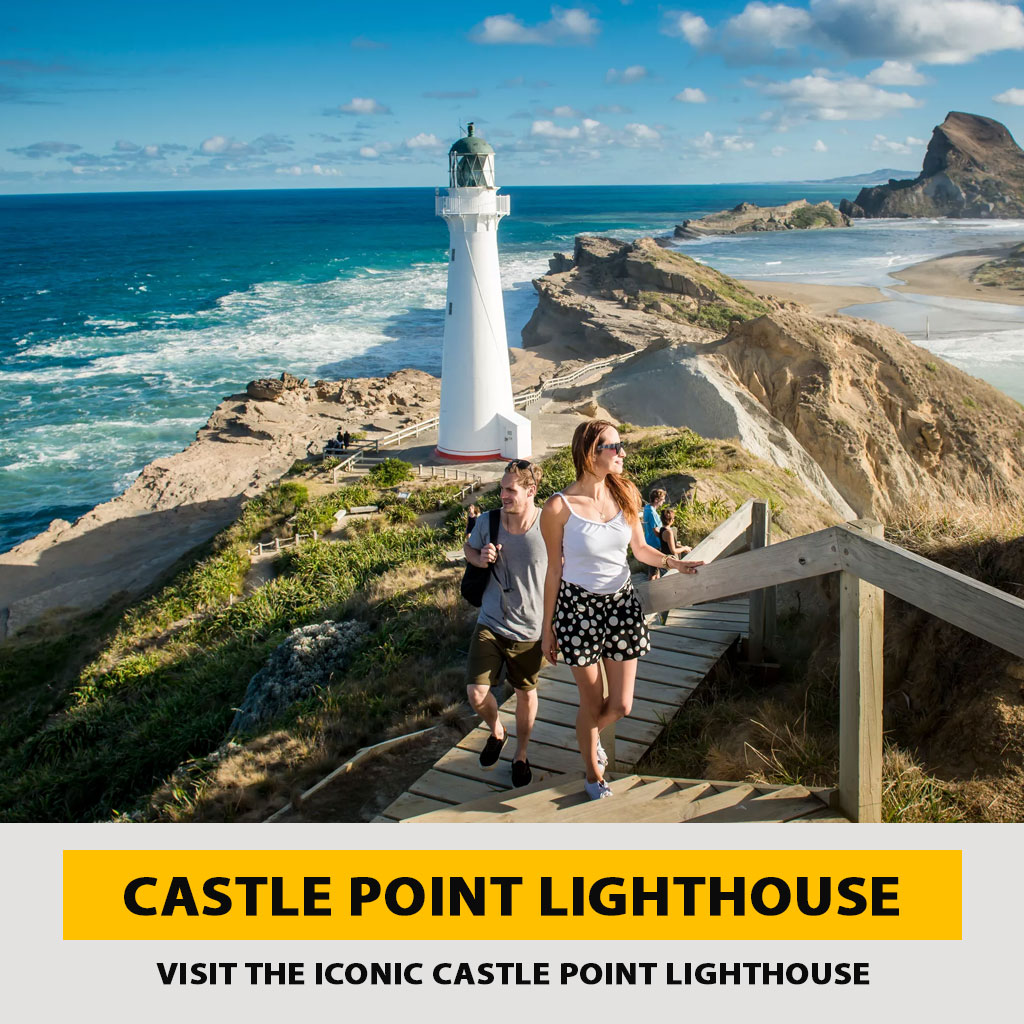
Visiting the Castle Point Lighthouse is not just about seeing a historical landmark; it’s about experiencing a slice of New Zealand’s maritime heritage.
The lighthouse is a symbol of resilience and the human spirit’s determination to conquer the elements.
Its location offers an unparalleled opportunity to connect with nature, providing a serene escape from the hustle and bustle of everyday life.
Practical Tips for Your Visit
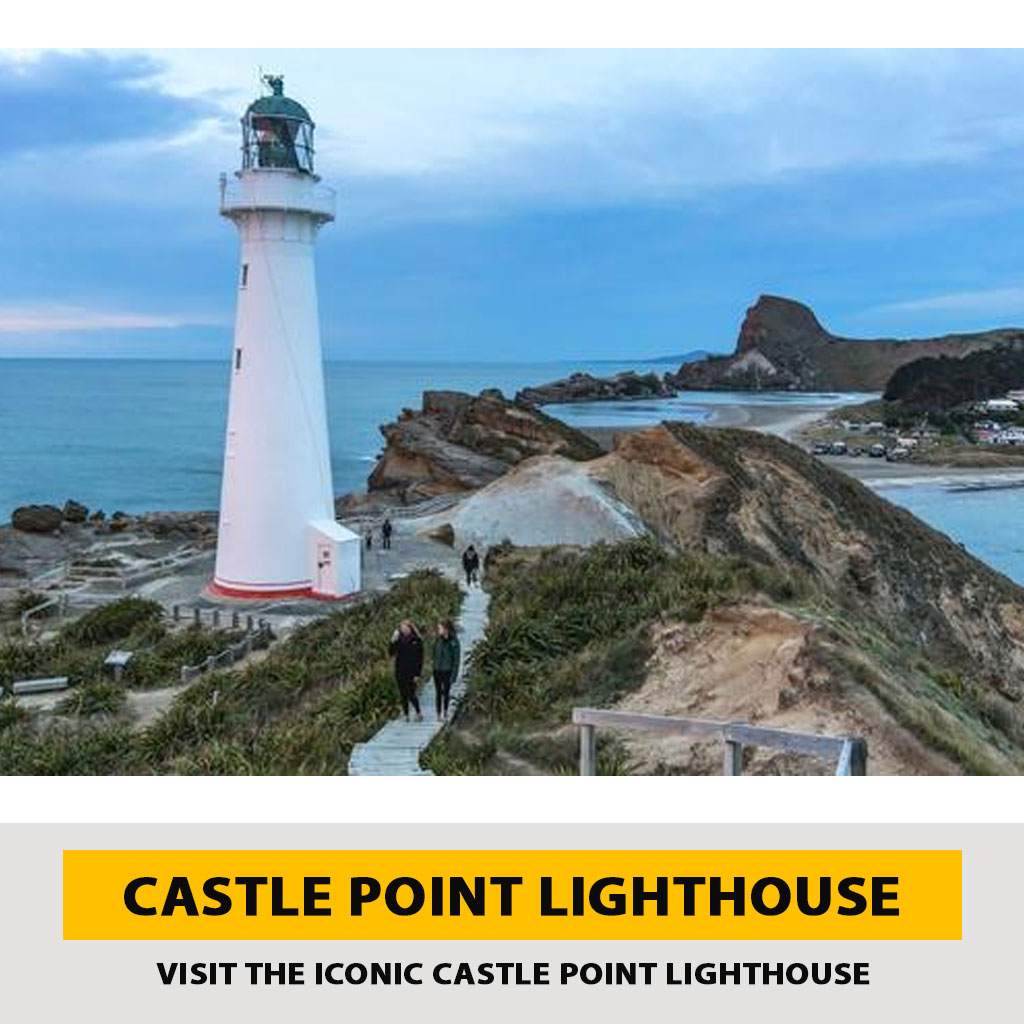
- Weather: Check the weather forecast before you go. The area can be windy and weather conditions can change rapidly.
- Clothing: Dress in layers and wear comfortable walking shoes. Bring a hat and sunscreen, especially during the summer months.
- Supplies: There are limited facilities near the lighthouse, so bring water and snacks. There are picnic areas nearby if you want to enjoy a meal with a view.
- Safety: Stay on marked paths and be cautious near the cliff edges. The rocks can be slippery, especially after rain.
FAQs
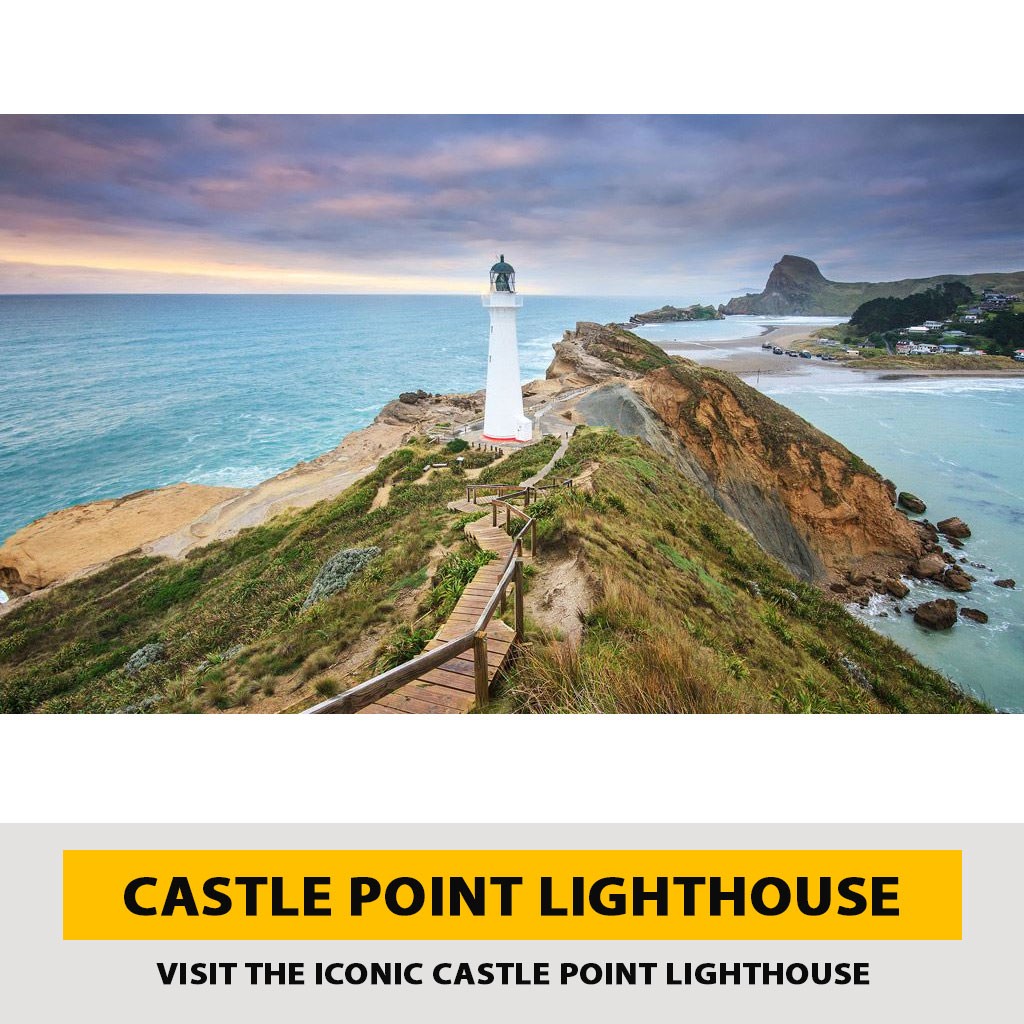
1. Is the Castle Point Lighthouse open to the public?
No, the lighthouse itself is not open to the public, but you can walk around its base and enjoy the surrounding views.
2. What is the best time to visit the Castle Point Lighthouse?
The best time to visit is during the summer months (December to February) when the weather is mild and the days are longer.
3. Are there guided tours available?
There are no official guided tours, but the information boards around the lighthouse provide valuable insights into its history.
4. Can I see wildlife at Castle Point?
Yes, you can often spot seals on the rocks below the lighthouse, and the area is also home to various seabirds.
5. Is there an entry fee to visit the Castle Point Lighthouse?
No, visiting the lighthouse is free of charge.
In conclusion, the Castle Point Lighthouse is more than just a navigational aid; it’s a historical gem that offers visitors a chance to step back in time and enjoy some of the most stunning coastal scenery New Zealand has to offer.
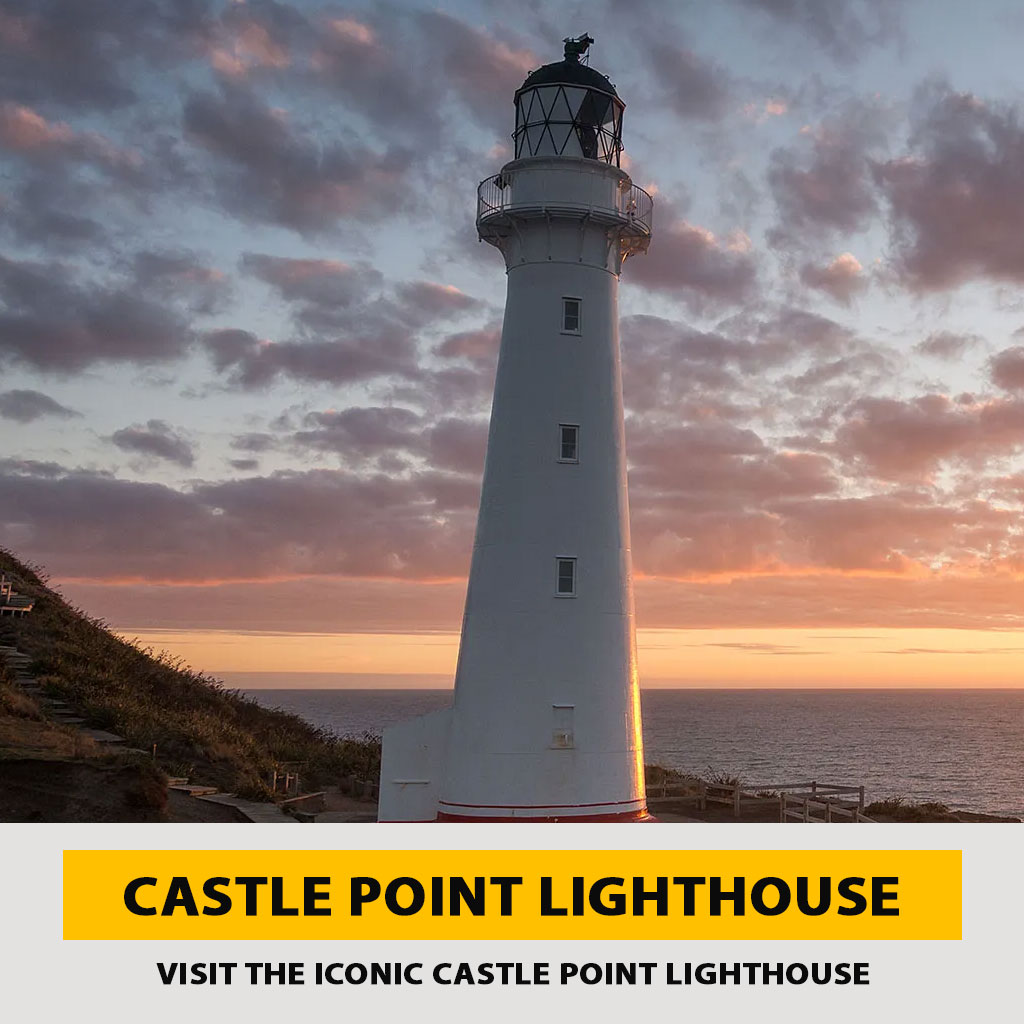
Whether you’re a history buff, nature lover, or simply looking for a unique day trip, Castle Point Lighthouse is sure to leave a lasting impression.


Leave a reply